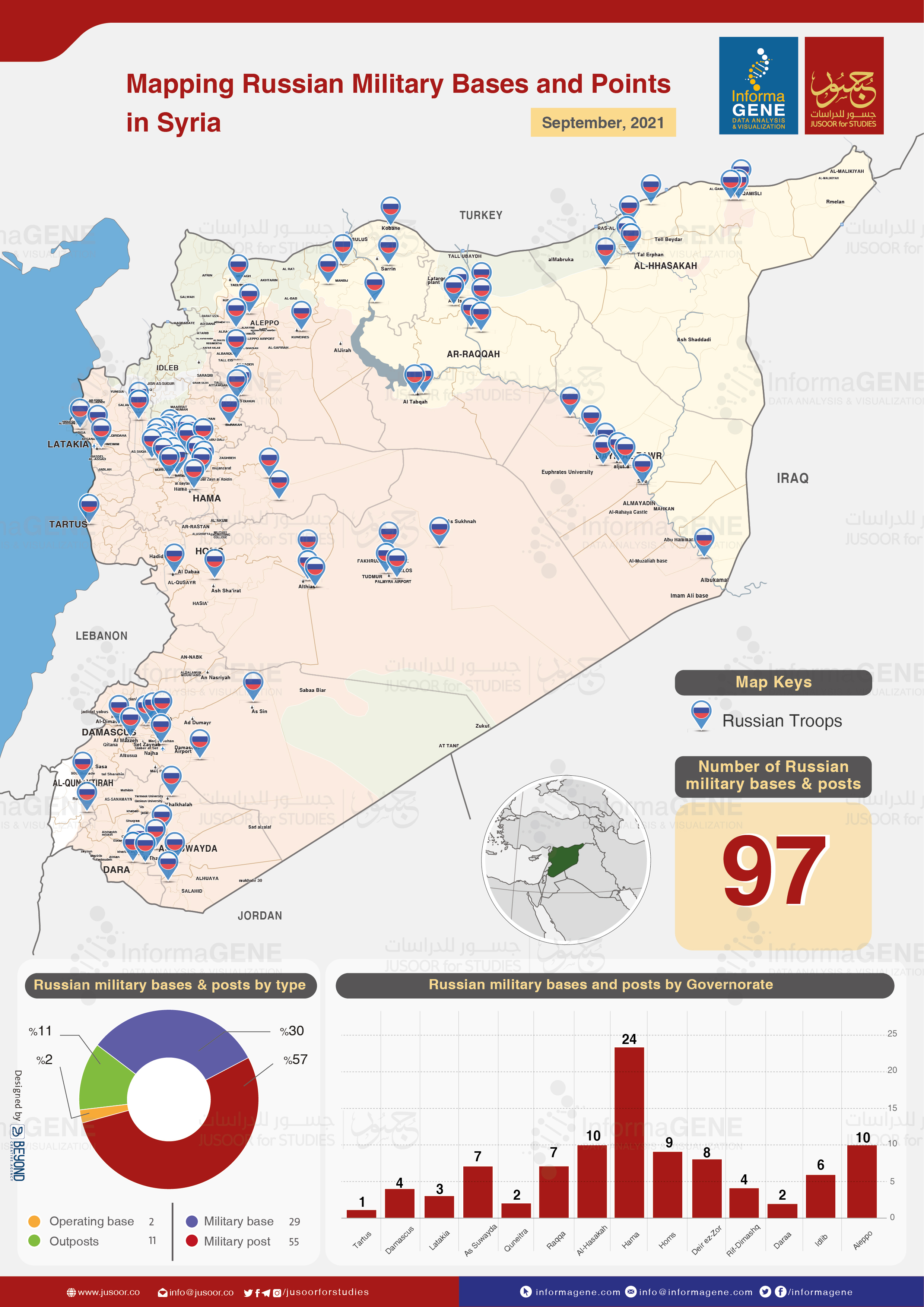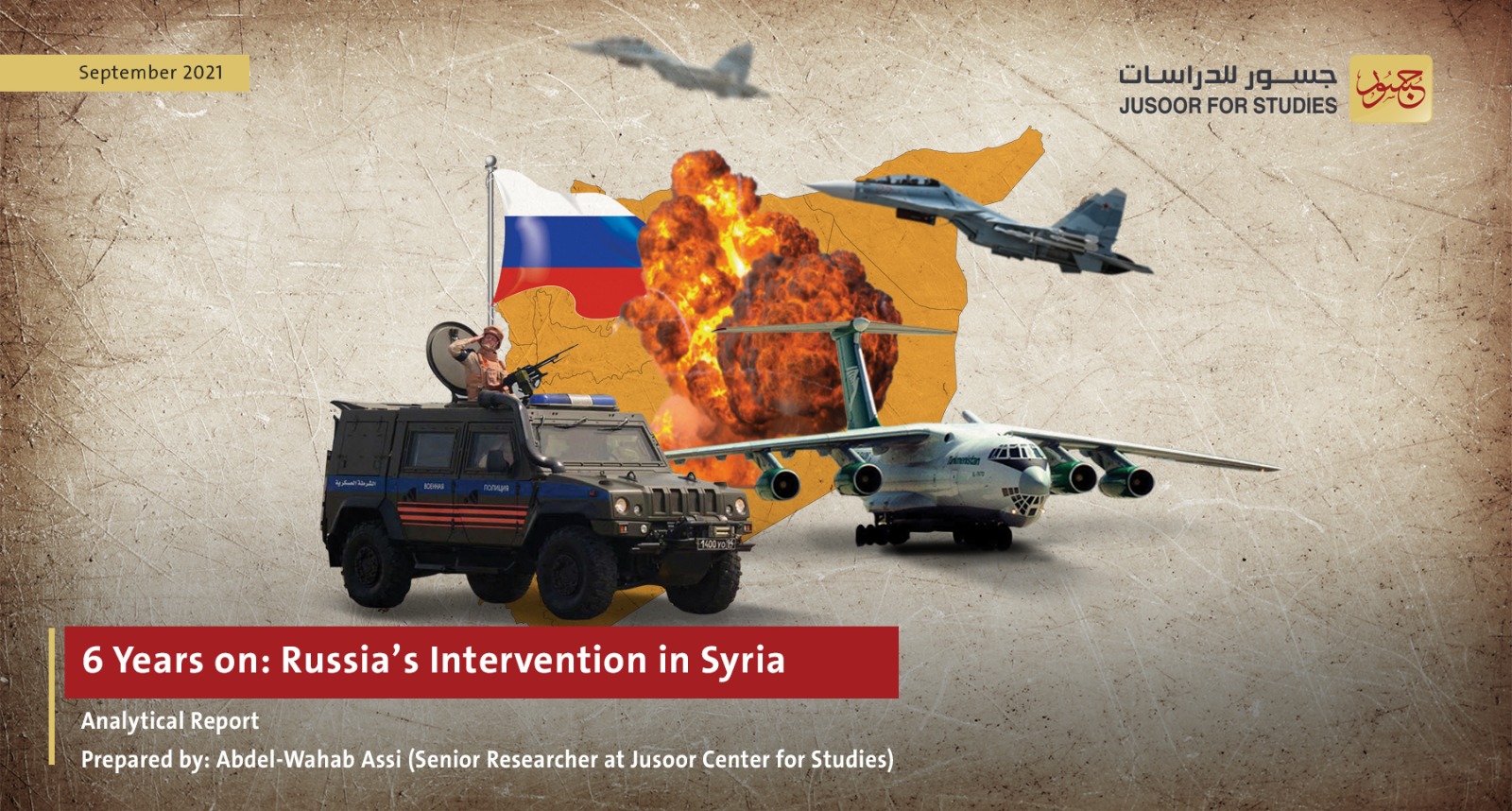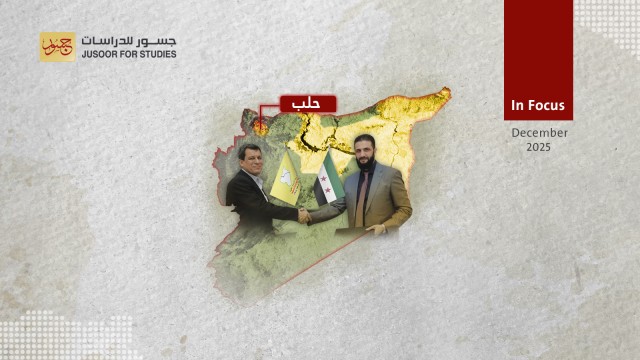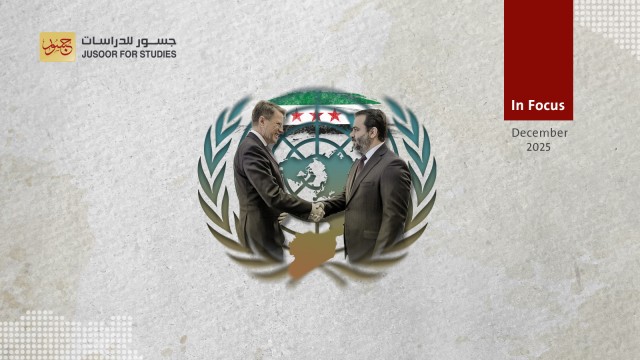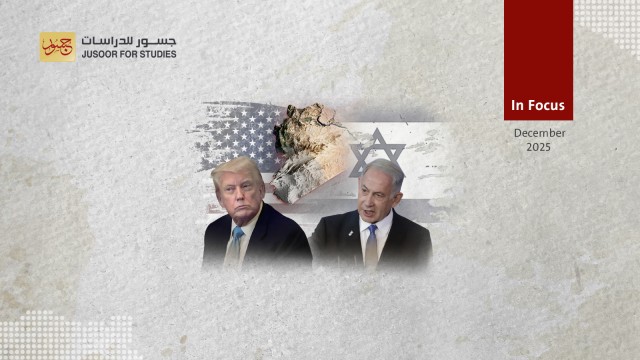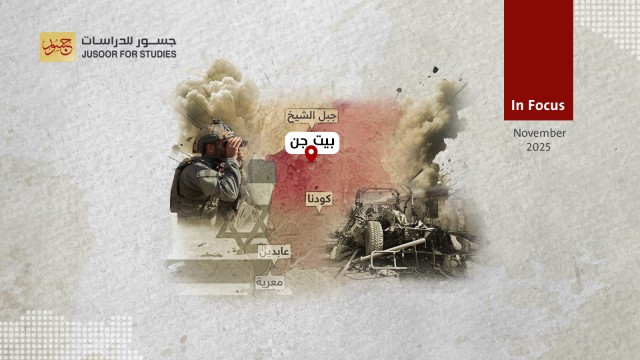6 Years on: Russia’s Intervention in Syria
Introduction
On September 30, 2015, 6 years ago, Russia had intervened militarily in Syria. This date marked a milestone in the course of the ongoing conflict inside Syria, regarding the considerable change brought about at the political and military, economic and security levels.
In fact, through its intervention strategy in Syria, Russia relied on a number of factors, namely excessive force, diplomacy, energy security, counter-terrorism, regional cooperation, non-interference on the ground, and cost reduction.
However, Russia has been facing many challenges while implementing its strategy in Syria, because to establish fruitful relations between competing international and regional powers such as Turkey, Iran and Israel meant affecting its goal of being a reliable guarantor or mediator.
Despite Russia has had multiple strengths, but this does not mean that it has no defects that often hindered it; Like not having enough ground forces.
Russia not only did not care about the extent of the large human losses and violations of human rights it would commit during its intervention in Syria, instead this was often among its strategic goals. As of March 2021, the number of civilians killed by Russian forces reached 6,860, including about 2,000 children, 1,579 women, and 69 healthcare personnel, let alone the destruction of the infrastructure of medical and public facilities as a result of the scorched earth policy.
This report highlights the key stations of Russia's intervention in Syria, which have been distributed according to the time periods and the amount of attention to stages, which are linked to the security, military, political and economic outcomes. Hence, this very report briefs the most important strategic objectives of Russia's intervention in Syria after 6 years.
